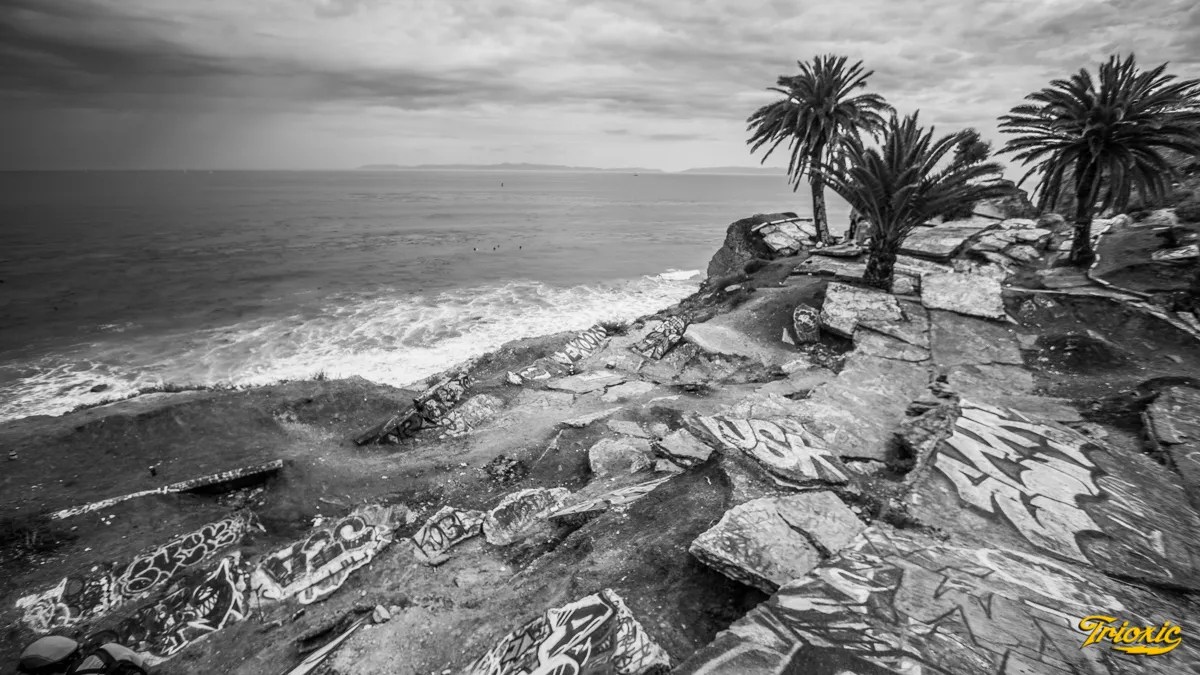I drove into my old neighborhood during the pandemic, months after not seeing my best friend; Drew lives up the street from the house my parents sold in 2014 after their divorce. The neighborhood’s different now. There are more houses with gentrification gray paint, including my parents’ old house. And more people are walking around the neighborhood with micro dogs and neck tattoos, residents with a different profile than my old neighbors who were postal workers, fishermen, and teachers.
These days, a house in the neighborhood sells for $1 million, and my old home is appraising at $1.1 million. San Pedro’s gentrifying, but the question is whether it will change inexorably or whether the town’s beautiful wrinkles will be able to withstand the Botox of gentrification.
San Pedro, Myth and Reality
San Pedro is raw.
It’s both a port and beach town with menace; a town referred to as a “ghetto by the sea,” where housing projects overlook one of the world’s busiest ports in Los Angeles that move gobs of goods for the country to consume. ‘Dro City’s a town that embraces the small-town, blue-collar ethos of a classic Bruce Springsteen song while owning its iconoclastic DIY aesthetic that gave rise to legends like the Minutemen and Toys That Kill of punk-rock fame. A member of the latter band recently opened a bonafide DIY punk venue called The Sardine. And, of course, the town has the grit that late-in-life poet Charles Bukowski adored.
San Pedro is a town of immigrants, artists, stevedores, teachers, doctors, lawyers, cops, firefighters, and everybody else you would find in other areas, but with a salty flavor. There might be another town in LA where you could do tequila shots in a dive bar with a longshoreman and a mixed-media artist living in a downtown art studio, but I can’t think of any. Some like to stereotype Pedro as “surly” or as a primarily Italian and Croatian enclave. Still, they would paint an incomplete picture of San Pedro when it’s, in fact, a diverse town.
The unique diversity and geographic location make San Pedro special. In Torrance and Palos Verdes, you can’t have a picnic and watch the harbor captain climb aboard incoming vessels to guide them through the shallow harbor. Only in San Pedro can you take that Belly Buster sandwich from Busy Bee Market to Pt. Fermin Park and watch the hawks circle their prey, or to the Korean Bell to watch people fly kites. Only in San Pedro can you visit unique locales like Averill Park, Sunken City, Royal Palms beach, or Paseo del Mar, where you can admire the lowrider Chevies and Cadillacs the local Chicanos show off every Sunday.
I’ve done all of these things, and so has my father, who’s lived in San Pedro for most of his 80 years. He first came to San Pedro when he was in elementary school in the late 1940s. Back then, the town was home to working-class fishermen, longshoremen, and a bevy of dairy farms that dotted its rolling hills. Those days of Todd’s Shipyard and many canneries provided solid middle-class jobs to San Pedro locals. During his days in the Marines, he was on leave one weekend and found that a freeway had been built connecting San Pedro to the rest of Los Angeles.
San Pedro was different back then. In the downtown area, there was the infamous Beacon Street, the town’s red light district, where sailors and stevedores mingled, and sex workers worked beyond the bright lights of the Warner Grand Theatre. There was often violence. As a teenager in the 1950s, my father’s little brother ran his mouth to the wrong crew, and those kids ended up jumping and stabbing my dad with a fisherman’s hook—vintage Pedro.
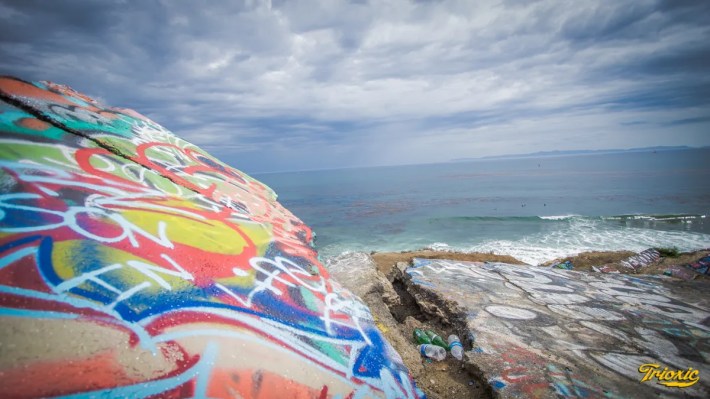
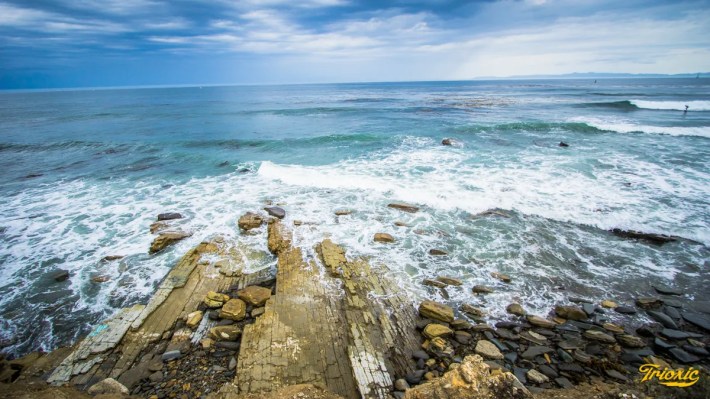
And then there are the jobs on the docks, the uber-well-paying careers that are the envy of every blue-collar worker and wannabe in the area. As the global economy convulsed and morphed throughout the decades, San Pedro has felt the effects, shedding its canneries, shipyards, and even longshore jobs. There just aren’t as many jobs on the docks as there used to be, and the specter of automation lingers over both ports, Long Beach and Los Angeles. Soon enough, dockers will go the way of the condor.
New Developments
A lot is happening to San Pedro these days. There’s Alta Sea at the Port of Los Angeles, a public-private venture focused on economic innovation via the “blue economy,” and then the redevelopment of Ports ‘o Call Village called West Harbor. Then there’s the redevelopment of the housing projects along the waterfront, which will incorporate mixed-use elements and introduce the seams that Jane Jacobs devotees salivate to connect it with the rest of downtown and the waterfront.
Some are overjoyed at these new developments, those who traditionally don’t visit downtown or any neighborhood “below Western,” Western avenue being primarily a generic street in any suburban neighborhood of the greater Los Angeles area. The street divides San Pedro and Rancho Palos Verdes, a wealthier city on a hill literally looking down on San Pedro.
Many of these tensions in San Pedro add a dark side to the town that’s rarely discussed. The city has a rich history of varying people adding their influence. But the focus in telling the town’s story is typically Euro-centric, with an emphasis on San Pedro’s European-immigrant roots. Even more so, the city being majority Latino, immigrants have contributed tremendously to Pedro’s character, with panaderías and pupuserías dotting the boulevards. If you haven’t had a breakfast burrito procured by The Chori-Man, it is a contender for the undisputed best in all of Los Ángeles.
This isn’t a new sentiment. Growing up in San Pedro in the mid-1950s, my father would hear Croatian immigrants and their children insult Mexicans and even Italians. This sense of perverse superiority mixed with brain-dead prejudice on the part of an immigrant ethnic group did not end in the mid-century.

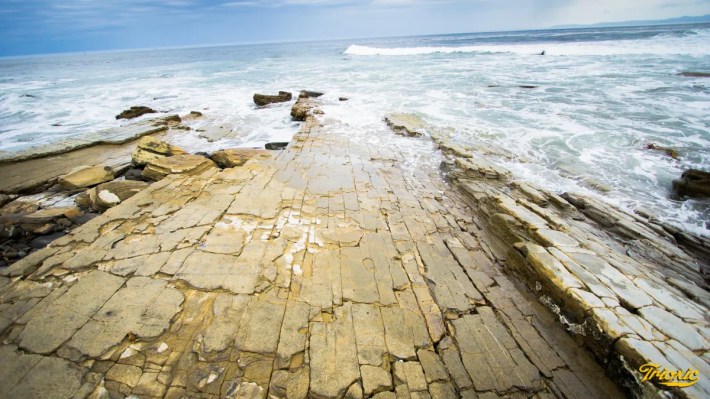
It continued into the 1980s when upon seeing my parents’ Mexican flag sticker on their sedan, our Croatian neighbors would refer to my parents with racial slurs. Unfortunately, incidents like this are still not rare, with L.A. TACO recently reporting on a tamalero who faced epithets from a racist white man. Even though there wasn’t much outcry from city officials or local leaders, the Latino community came out to support him in force. Real San Pedrans standing up for real San Pedrans, orale.
In more recent times, the scapegoat has been the unhoused. Back in the mid-'10s, a controversial group called “Saving San Pedro” appeared and was friendly with Councilmember Joe Buscaino, who was intent on clearing homeless encampments but much less forthcoming on details of how those people would be housed. “Saving San Pedro “was popular among certain crowds in town, but its strategy of taking pictures of unhoused people and posting them online as a means of shaming them got old fast and provided hope that most San Pedrans aren’t reactionary cretins.
Gentrification in San Pedro
Gentrification is happening in San Pedro. HUD defines gentrification as “a form of neighborhood change that occurs when higher-income groups move into low-income neighborhoods, increasing the demand for housing and driving up prices.” A common consequence of this gentrification is displacement, but gentrification doesn’t necessarily have to be negative. If most residents are homeowners and the gentrification brings more job opportunities, it could be a net positive. But given the widening wealth inequality in this country, gentrification typically pushes out the least wealthy and permanently alters the area’s culture (see Venice and North Hollywood).
Some certain leaders and residents prefer the sanitized myth of San Pedro to its more gritty, complicated reality.
The data starkly proves just how much San Pedro is and will struggle with gentrification. Data from 2019 estimates that 56 percent of residents were rent burdened, which is slightly higher than LA County as a whole. Moreover, there’s less housing stability in the town compared to the rest of Los Angeles County, which shouldn’t be a surprise given that the vacancy rate in two large zip codes in town– 90731 and 90732 – is 2.7% and 2.4,% respectively, indicating a severe housing shortage.
Anecdotally, I recently received an email from Trulia with a one-bedroom, one-bathroom apartment in a semi-decent neighborhood renting for $2,100 a month. Displacement is inevitable, and the town has long been susceptible to it, as UCLA’s Urban Displacement Project in 2018 categorized most of the town as “low-income/susceptible to displacement.”
It's disconcerting for local folks wanting to buy homes, too. The median sale price of a house in San Pedro was $863,000, compared to $630,000 in May 2019, according to Realtor.com. There’s a new development on Western Avenue, and the median list price is almost $1.5 million. A local realtor estimates that less than 5 percent of the houses sold went to San Pedro locals.
San Pedro Will Never Die
I often go back to San Pedro to see my father and visit with old friends who still live in the same neighborhood I did growing up. One day, I visited the A1 Market to pick up some hot Italian sausage for a barbecue later in the day. It’s the only old-school Italian deli left in town, a place where they’ll cut up veal on a bone saw in front of the whole store while kvetching in Italian. I asked one of the butchers if the rumor was true that they’re moving into the downtown’s recently designated “Little Italy.” He sneered and said, “No, what a joke.” Of course, it is. Downtown isn’t an organic Italian neighborhood, but the thirst for tourism is always there, so they gave downtown the Disney treatment.
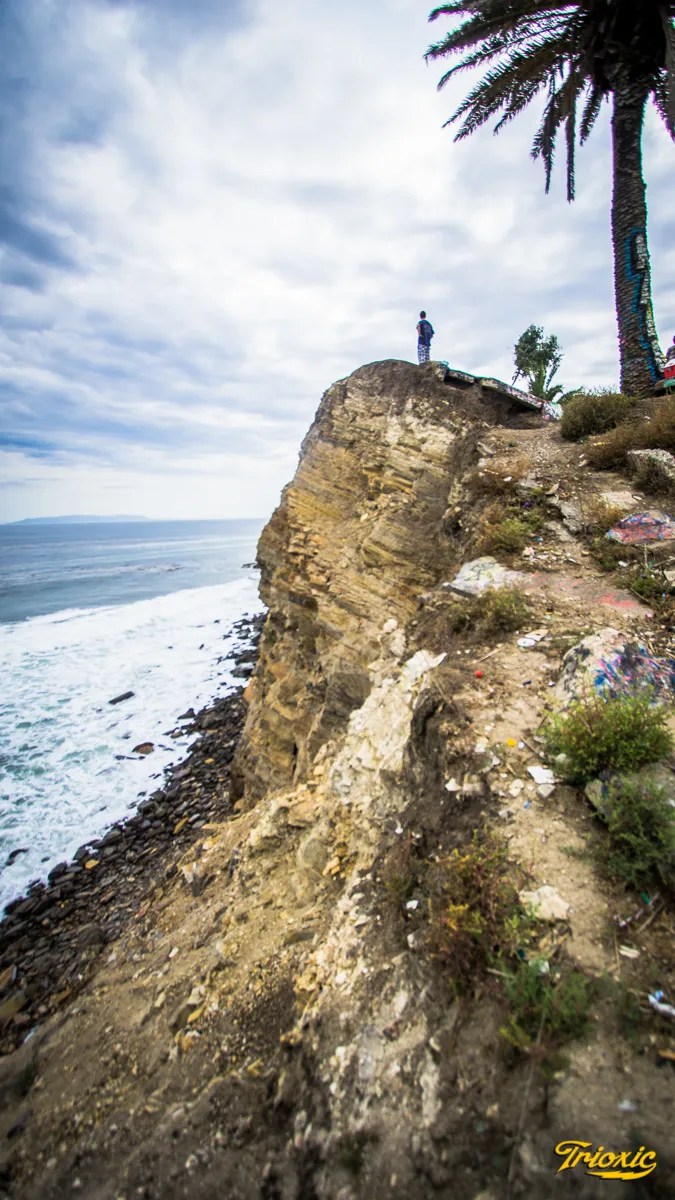
Some certain leaders and residents prefer the sanitized myth of San Pedro to its more gritty, complicated reality. The good news in preserving the town’s character is that there are enough people who are moving to San Pedro via self-selection because it’s a diverse, unique, and quirky town. These people will eat at a place like Niko’s Pizzeria but also stop by Angelitos Taco Truck for a midnight snack after doing karaoke at the Spot. Plus, there are enough real San Pedrans with deep roots who love the culture and own their houses to ensure that the town doesn’t lose what’s made it special. And a lot of these folks are Latino.
I’m hopeful, especially because when I drive by my old house, I notice that it’s not that different. There’s new paint and solar panels, but the structure of the home my parents designed and remodeled 30 years ago is still there. The new owners bought the house because they appreciated how special and unique it was; they just wanted to add their flair and update it a little bit.
The same thing will happen to San Pedro. People will come and go, but some towns never die; they just change a little with the times. San Pedro’s used to changing, but to the real ones, it will always be like my old man said: “Dirty, grimy San Pedro—my kind of town.”
